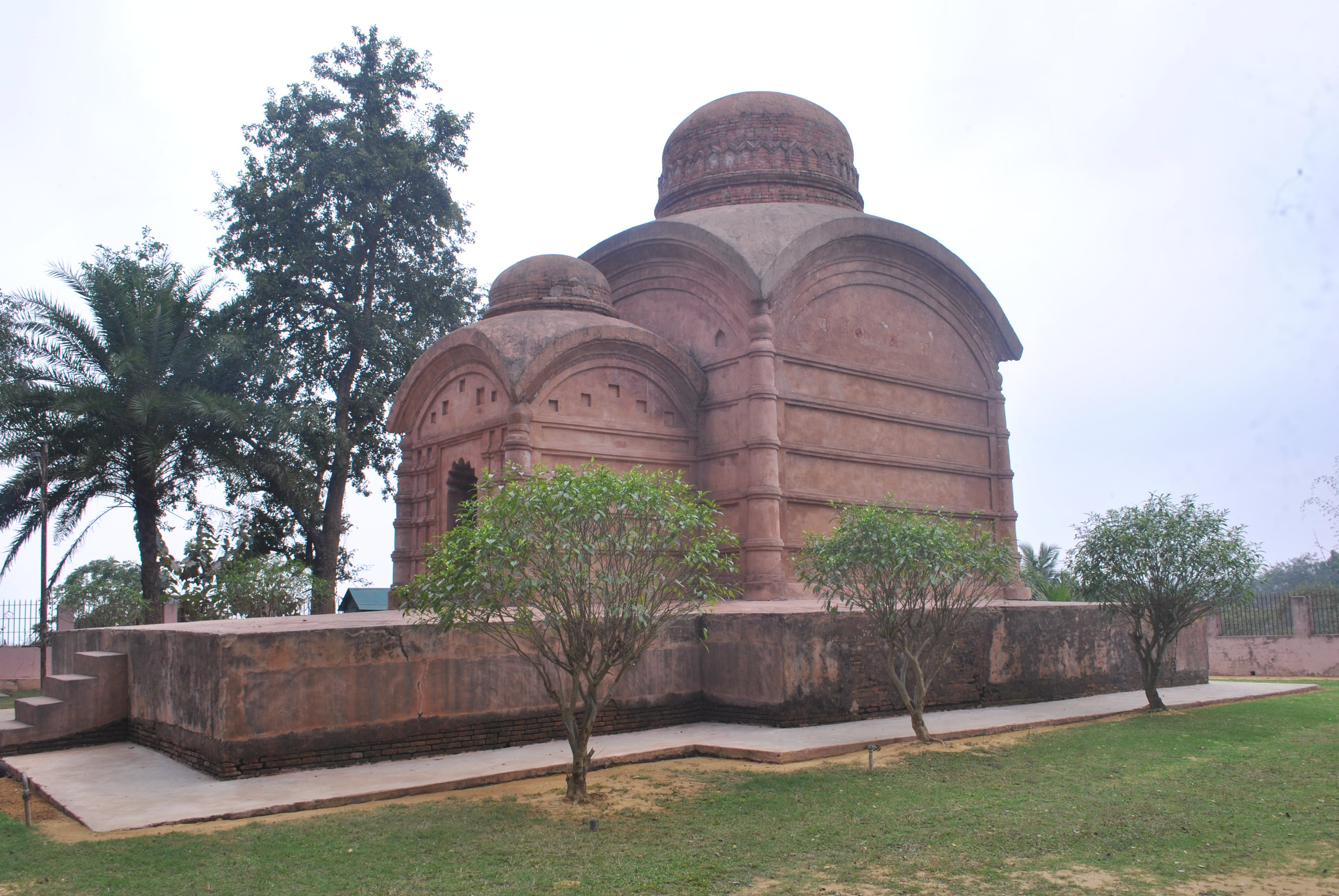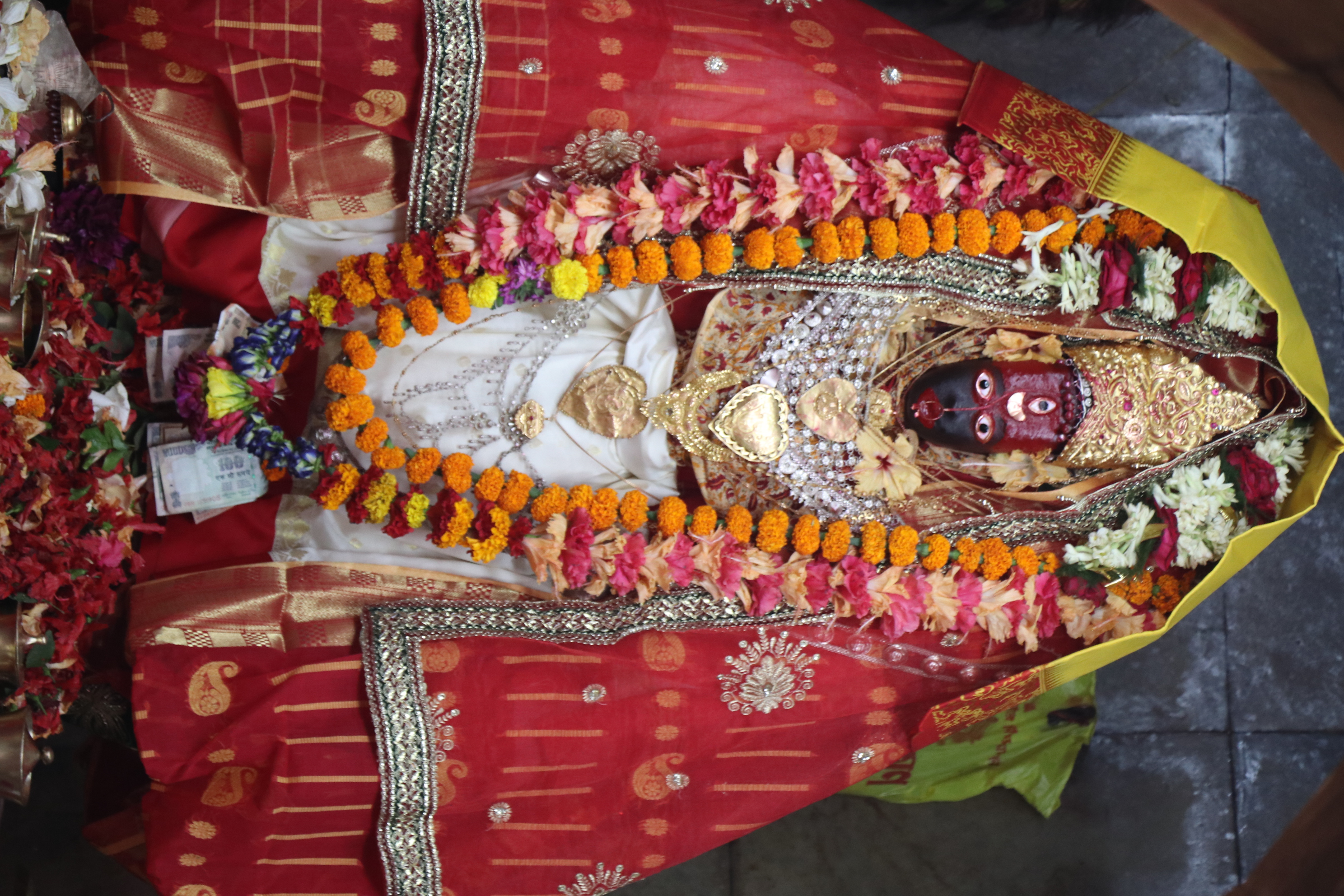Ancient Bhubaneswari Temple: Spiritual Landmark of Udaipur, Tripura

The Bhubaneswari Temple stands as a profound testament to Tripura's rich cultural heritage, embodying centuries of spiritual and architectural evolution. Nestled in Udaipur, this sacred site represents more than a mere religious structure—it is a narrative of cultural transformation deeply rooted in the region's historical landscape.
Constructed between 1667 and 1676 AD under the patronage of Maharaja Govinda Manikya, the temple emerges as a pivotal symbol of the Manikya dynasty's cultural influence. The monarch's decision to build this temple was not simply an architectural endeavor but a profound statement of spiritual and social consciousness. A legendary account suggests that a young girl's questioning of animal sacrifice practices moved the maharaja to ban such rituals throughout his kingdom, marking a significant moment of moral and cultural evolution.
The temple's architectural design reflects the traditional Bengali architectural style, characterized by a distinctive "char chala" four-slanted roof and elegant stupa-like crowns adorning its entrance and core chamber. Constructed using well-fired bricks and a sophisticated mortar blend of powdered brick and lime, the structure represents a sophisticated transition from simple religious structures to more complex architectural expressions. Its elevated three-foot terrace and linear design elements speak to the region's evolving building techniques.
Located near the life-giving Gomati River, the temple's geographical positioning is symbolically significant. The very name Tripura—derived from "tui" (water) and "pra" (near)—reflects the intrinsic connection between the landscape and its cultural manifestations. This sacred site has been immortalized not just through local traditions but also through the literary works of Nobel Laureate Rabindranath Tagore, who referenced it in his plays "Rajarshi" and "Bisharjan".
Religious significance permeates every aspect of the Bhubaneswari Temple. Dedicated to Goddess Bhubaneshwari, the temple attracts devotees from across the region, particularly during significant celebrations like Durga Puja and Kali Puja. A unique weekly tradition includes a Monday fair dedicated to Lord Shiva, highlighting the complex religious syncretism embedded in the local spiritual practices. Legends suggest the temple grounds are where Lord Shiva performed the cosmic dance of destruction, the "Rudra Tandava".
The cultural landscape surrounding the temple is as rich and complex as its architectural heritage. Tripura has historically been a geographical and cultural convergence point, with diverse communities intermingling and creating a nuanced social fabric. The Manikya dynasty's influence extends beyond mere political governance, embedding itself deeply in the region's artistic, architectural, and spiritual expressions. The Bhubaneswari Temple serves as a living chronicle of these intricate cultural negotiations.
Beyond its religious and historical significance, the temple represents a broader narrative of cultural transformation. It stands as a monument to changing social practices, challenging traditional norms, and embracing progressive ideals. The story of the young girl who questioned animal sacrifices, leading to a kingdom-wide ban, exemplifies how cultural sites can be catalysts for social change, transcending their immediate religious context to become platforms for moral and ethical evolution.
Today, the Bhubaneswari Temple continues to be a vibrant center of cultural and spiritual activity. While maintaining its historical integrity, it remains a dynamic space that connects past traditions with contemporary religious practices. Its enduring legacy lies not just in its physical structure but in its ability to preserve and perpetuate the rich, multifaceted cultural heritage of Tripura, inviting visitors to experience a profound connection with the region's spiritual and historical narrative.
Enhance your journey with these nearby attractions that offer similar cultural experiences

Udaipur, Tripura
Sacred Tripura Sundari Temple: Myth, Devotion, and Cultural Heritage

Melaghar, Tripura
Majestic Water Palace Blending Royal Grandeur and Architectural Splendor

Belonia, Tripura
Northeastern sanctuary preserving rare wildlife amid lush forest landscapes